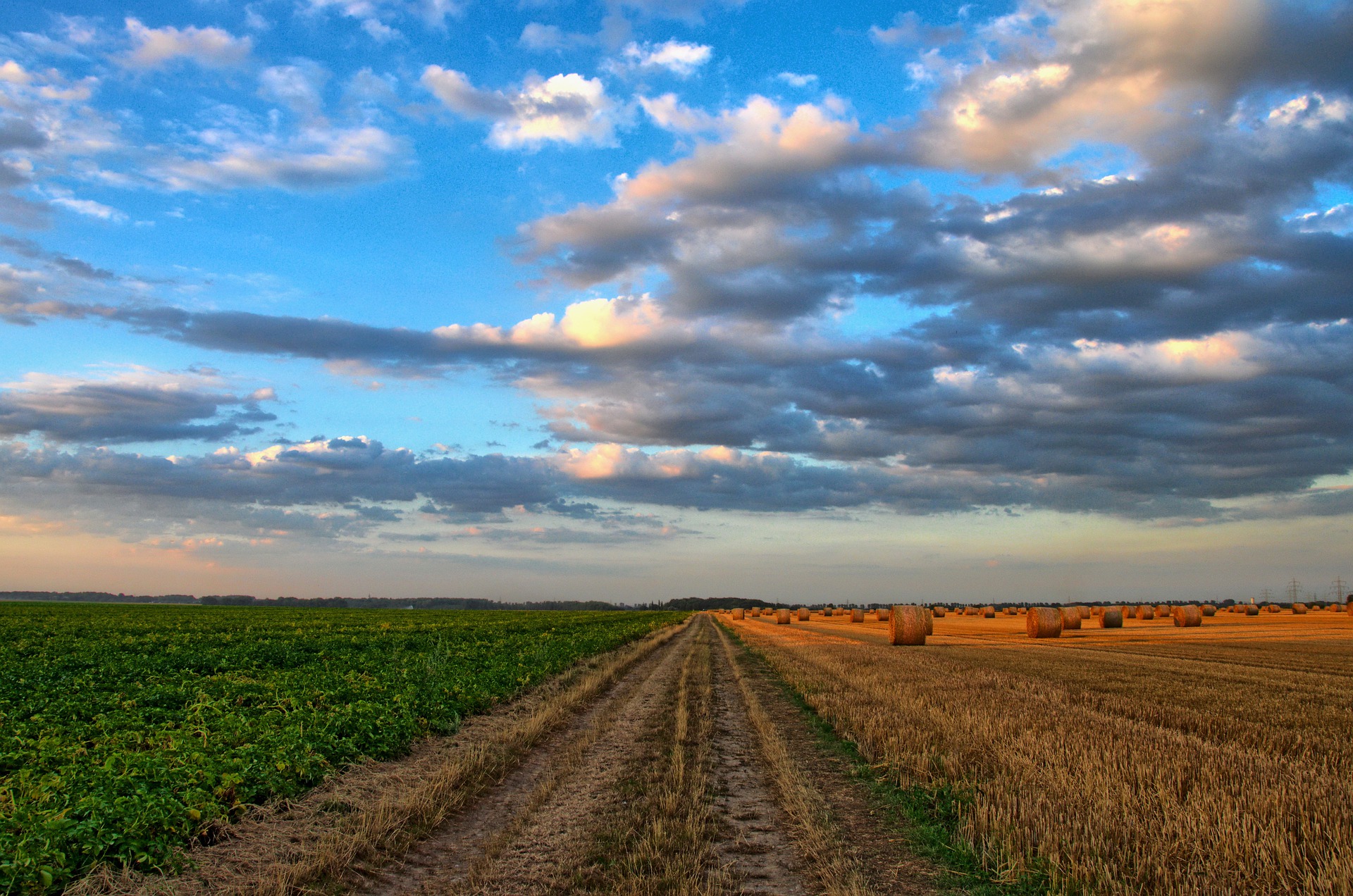Interest in “regenerative agriculture” is surging as Congress starts thinking about the next farm bill. Native Americans have long cultivated food using techniques that are now widely referred to as regenerative agriculture and are leaders in its resurgence. Unlike organic agriculture, which is regulated from production to labeling by the USDA, there is no standard definition of regenerative agriculture. Rather, it is a series of practices that rely on soil and nutrient cycles to improve soil health and decrease dependence on synthetic inputs—such as fossil fuels, fertilizer, herbicides, pesticides, and insecticides. Regenerative agriculture techniques include cover cropping, rotational grazing, no-till farming, composting, agroforestry, and hedgerows and riparian buffers.
At the September 14, 2022, House Agriculture Committee hearing, legislators questioned four witnesses on regenerative and conventional agricultural practices in preparation for the 2023 Farm Bill. Committee witnesses Ken McCarty and Rick Clark, farmers who have adopted regenerative agriculture‚ explained that the resultant long-term efficiency, resiliency, profitability, sustainability, and crop yield has more than made up for the initial costs associated with the transition from conventional to regenerative agriculture. As a solution, McCarty, Clark, and other witnesses recommended that Congress expand existing USDA and Title II (Conservation Title) programs, including EQIP, CSP, CRP, and SARE, to educate farmers on the importance of regenerative agriculture, provide practical instruction for implementing regenerative agriculture practices, and diffuse the up-front costs that can pose a barrier to small and historically marginalized farmers. FBLE similarly recommends that Congress expands USDA’s Working Lands Programs to promote climate-friendly agriculture; however, we suggest coupling expanded funding with additional climate change mitigation compliance requirements to maximize impact.
Expanding existing Title II programs will enable farmers to address climate change in a variety of ways depending on their needs, capacity, and capability. At a House Agriculture Committee Subcommittee on Conservation and Forestry hearing held September 20, stakeholders offered their perspectives on the potential uses of existing Title II programs.
Overwhelmingly, witnesses favored voluntary, incentive-based conservation programs including EQIP, CSP, CRP, RCCP, and CTA; however, they noted that the programs are difficult to navigate and often slow to respond to producers’ needs. And, because of the variety of crops and livestock produced in varying ecological conditions throughout the U.S., witnesses cautioned against one-size-fits-all conservation programs.
Flexible, voluntary Title II programs should assuage the concerns of Glenn Thomson (PA-15), ranking member of the full committee. Rep. Thompson briefly returned to the Subcommittee he previously chaired to express his reservations about expanding funding for conservation programs, instead asking that producers’ needs be prioritized over climate concerns. However, he was open to improving the technical capacity of EQIP and to incorporating working forests into USDA’s existing Working Lands programs.
The absence of provisions promoting the conservation of working forest land was a shared concern. Lori Faeth, Senior Director of Government Affairs at the Land Trust Alliance, encouraged lawmakers to expand conservation easement programs in the 2023 Farm Bill. Such programs, which include the Agricultural Land Easement Program (ALE) of the Agricultural Conservation Easement Program (ACEP), allow small and mid-sized farmers, ranchers, and foresters to resist the pressure to sell to large developers and industrial agriculture companies. Faethe emphasized the importance of making ACEP-ALE more flexible (and thus more accessible) by clarifying the plan requirement and streamlining the application and enrollment process.
Like the Land Trust Alliance, FBLE also recommends expanding and increasing the transparency of ACEP-ALE. Similarly, FBLE suggests that Congress use the existing Forest Legacy Program to protect privately owned forest lands (Faethe suggested using the Healthy Forests Reserve Program). Incorporating working forests into Title II programs is a positive step, but lawmakers could go further by reforming CRP to promote perennial agriculture and to support producers in transitioning cropland to agroforestry, which would assist with forest management and help offset the U.S.’s fossil fuel emissions.
Though Committee hearings are too limited in scope to address all possible Farm Bill conservation programs, the topics discussed in recent hearings demonstrate a bipartisan consensus on the need to address climate, conservation, and sustainability by expanding grants and shifting incentives through the 2023 Farm Bill. Doing so will benefit both the environment and the economy, particularly by supporting small and mid-sized producers who otherwise struggle to compete with industrial agriculture.
For more detailed recommendations detailing how Congress can use the 2023 Farm Bill to maximize the impact of existing USDA programs, see FBLE’s Climate & Conservation Report.
Other recent hearings:
- The House Agriculture Committee also held hearings to review the Farm Bill’s potential broadband provisions (9/15/22), the role of cryptocurrency in financial inclusion (9/20/22), and administrator perspectives on Title II programs (9/29/22).
- The Senate Agriculture Committee held a legislative hearing to review the Digital Commodities Consumer Protection Act (9/15/22).


